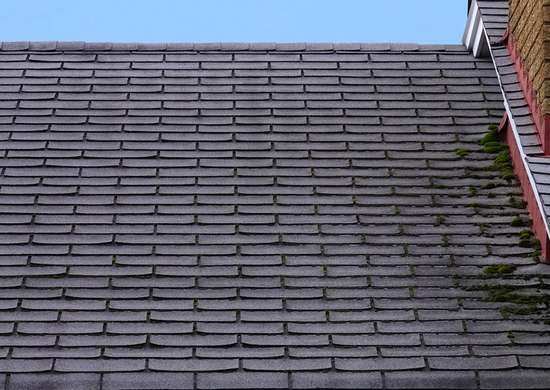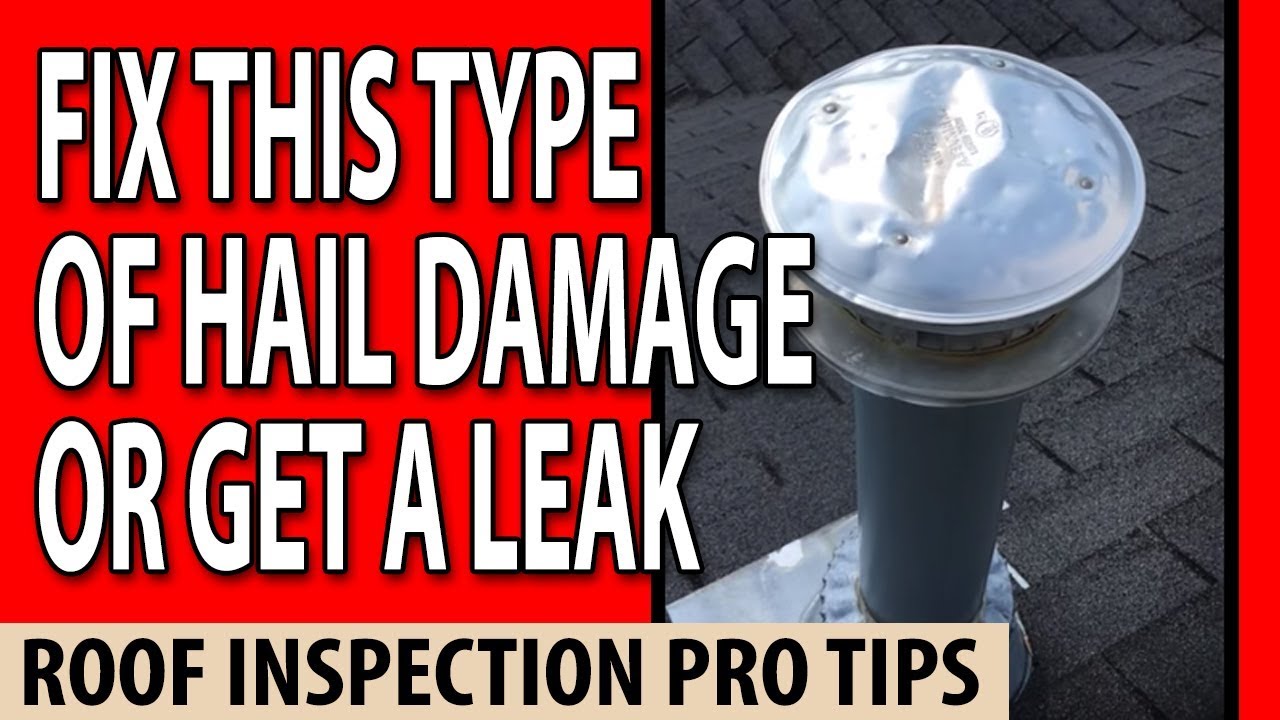What Might Be Found During A Roof Inspection
Table of ContentsChecking For Roof Problems Without The LadderChecking For Roof Problems Without The LadderBenefits Of Having A Professional Roof InspectionWill Your Home Inspection Reveal These Common ProblemsRoof Inspections - The BasicsBuying A New Home? A Roof Inspection Could Save You A Lot
They will blister and have granular loss. Next, the matrix (material holding the product together) will be exposed. At this moment, water becomes the primary enemy, waiting patiently for the opportunity to make its move. Wood shingles and shakes will show comparable signs as asphalt when aging. Cupping, curling, lifting, splitting, insect damage, decomposing and missing out on areas are all possible.
Browse Around This Web-Site: https://www.dcroofingarizona.com/residential/roof-coating-tucson/liquid-applied-membrane-roofs/
These materials are very brittle. Expansion and contraction brought on by the altering seasons will cause these tiles to split or become loose. Strolling on these tiles can be fatal to the material. Breaking and the signs of aging can be difficult to see from the ground. It will generally take a good set of field glasses and a strong ladder to get a bird's eye take a look at the condition of the roofing.
Home style vs. structure products. When looking at your home of your dreams, look for consistency in the architectural style and structure products. A single-story cottage-style home constructed in the '40s with plaster walls and clapboard exterior siding that has actually added a new wing with modern-day building items may be a sign of unapproved modifications and second-rate craftsmanship.
In Need Of A Commercial Roof Inspection?
Electrical electrical wiring. Home fires triggered by defective electrical circuitry are typical. Modern homes have an ample supply of power and electric outlets. Older houses do not. It's normal to see extension cables ranging from space to space in older homes. This places a concern on the electrical system, outlets and cables and hence could lead to a fire.
 How Often Do You Need To Have Your Roof Inspected?
How Often Do You Need To Have Your Roof Inspected?
Any wire that is exposed is vulnerable to physical damage. If this happens, it makes certain to wreak havoc. Open splice wire (when wire is adjoined utilizing only electrical tape and/or wire adapters) is a normal diy task and is common in garages, attics and crawlspaces along with above dropped ceilings.
Austin Chase secrets in on the year your home was developed to provide a list of possibly expensive and dangerous conditions or elements that may be prowling. Developed in between 1900 and 1950: Knob and tube electrical wiring consists of merges and fuse boxes and is thought about out-of-date and insufficient to cover today's loads.
What To Expect During A Commercial Roof Inspection
 What Might Be Found During A Roof Inspection
What Might Be Found During A Roof Inspection
This piping was substantiated of necessity as the military during World War II was utilizing all the iron items for the war effort. A pipeline producer in Orangeberg, N.Y., created this piping. If the pipelines in the house you are thinking about buying have not failed as of yet, it is inescapable.
 Roof Inspection Vs Home Inspections - What You Need To Understand
Roof Inspection Vs Home Inspections - What You Need To Understand
A video sewer pipeline evaluation is paramount. Developed between 1984 and 1990: Defective ABS piping made out of recycled plastic was produced by 5 makers. The pipe has a propensity to split within the glue joints. If ABS pipe exists it is extremely pricey to change. Constructed in between 1990 and 2000: A NOX rod consolidated heater has heat exchangers that will break and release carbon monoxide into the house and possibly can trigger fires.
An extensive house inspection will detect this kind of furnace. Houses of all ages: Essential is the number-one flaw found during the assessment procedure: wetness and drain. This is the leading reason for dry rot, significant structural damage and harmful mold. It is necessary that grading of the home slopes far from the home.
Found The Perfect Home? Make Sure Your Home Inspector Checks The Roof
Pipes throughout the home should be devoid of leakages. These criteria need to be met or the outcomes will be disastrous. Look for the following signs: Evaluation for moisture conditions may include air quality testing. This procedure will find if there are any mold spores in the air. The presence of hazardous molds can be extremely dangerous to an individual's health and is extremely costly to correct.
House inspector Dave Swartz has developed a list of the 10 most typical house flaws, a lot of them emphasizing the problems that Austin and Rick highlighted above: 1. Malfunctioning wiring. Used or out-of-date systems and homeowner additions are the most common flaws, specifically in older homes. Electrical system issues are security related and require instant attention.
Roofing problems. Incorrectly installed and aged surfaces take place frequently. We also see improperly installed or missing flashing at transition locations. Repairs may be basic or the whole roof may require to be changed. Follow up any negative roof findings with an assessment by a competent roofing professional. 3. Heating/cooling system defects.
What You Need To Know About Roof Inspections
4. Plumbing problems. The most typical defects are dripping, outdated or problematic systems such as polybutelene. Repair work can typically be made, but on occasion overall system replacement is the only option. 5. Inadequate insulation and ventilation in attic. Poor insulation and poor ventilation cause excessive energy expenses and absence of occupant convenience.
Whole house is inadequately kept. Deferred maintenance represents a possible high cost situation to bring the home back into condition. If the property owner did not appropriately care for the house, somebody will need to later. 7. Poor drain around the structure. Water needs to recede from the structure at its perimeter to prevent water invasion.
8. Air and water permeating fractures and window borders at exterior. Structure cracks and separations at the windows can permit water into the wall cavities, which is favorable to mold growth. 9. Small structural damage. Cut and broken trusses are typically seen in attic cavities and on occasion we likewise see structural elements missing.
Common Roof Problems An Inspections Will Find
https://www.youtube.com/embed/8nXPXrl5zSs
10. Potential ecological issues. Indications of mold development represents the most recent ecological scare. Property buyers need to think about a total ecological assessment of the property prior to purchasing.
